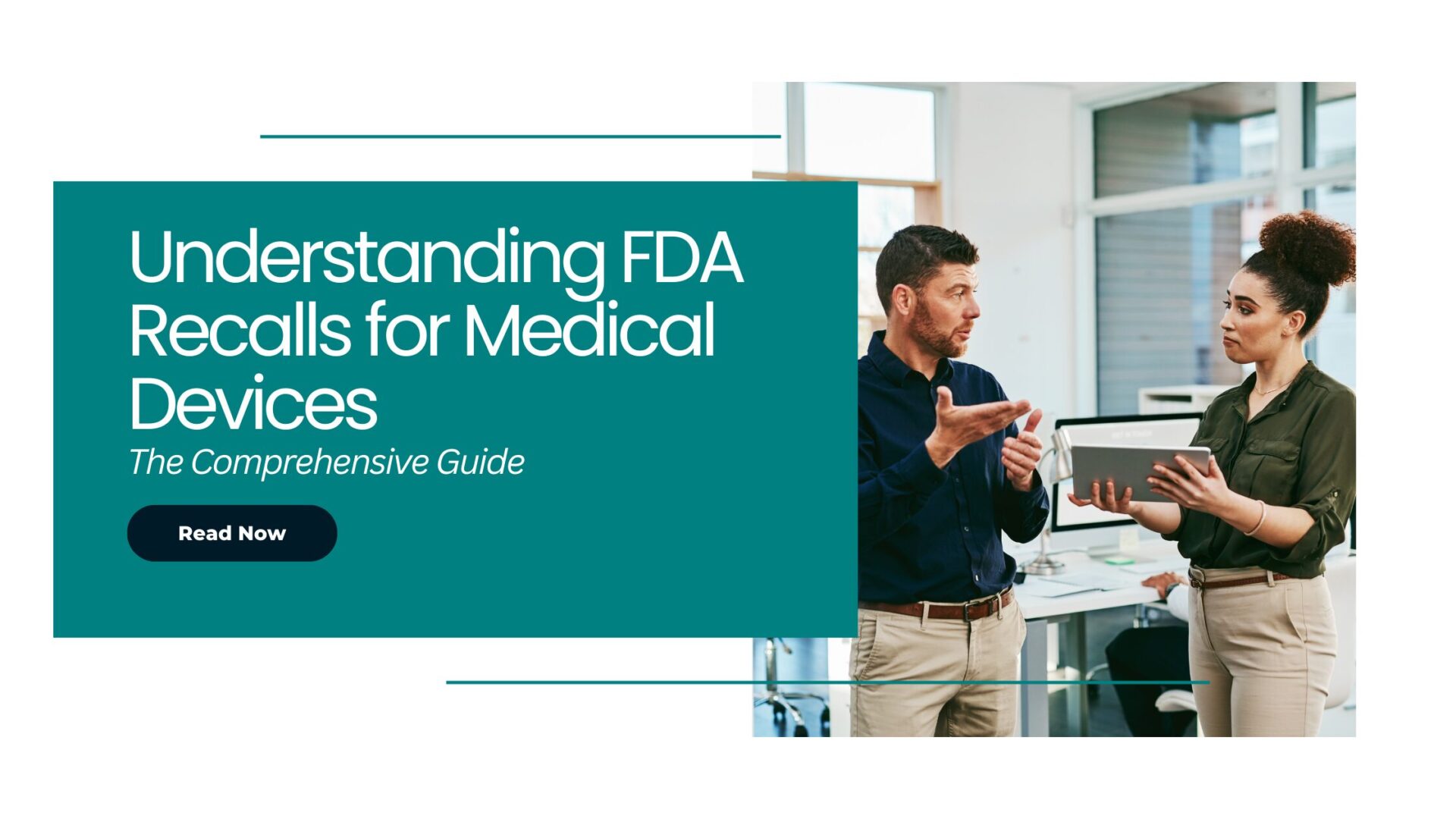More than 190,000 distinct medical devices are regulated by the FDA. Data from the years 2017 & 2018 indicates that about 3000, on average, low and moderate-risk medical devices received FDA’s 510(k) clearance.
This accounts for 80% of total medical devices approved or cleared.
The 510(k) clearance pathway was first framed in the year 1976.
Though the evaluation pathway is highly stringent, FDA is constantly striving to achieve a more practical and transparent process.
The FDA council strongly believes in the merits of the 510(k) process and the changes to this process are only a forward approach to reflect advances in technology, safety, and capabilities of new-gen devices.
As part of its Medical Device Safety Action Plan, the FDA on November 26th, 2018, announced changes to the contemporary approach of the 510(k) clearance pathway.
Commissioner Scott Gottlieb said, “The most impactful way that we can promote innovation and improved safety in the 510(k) program is to drive innovators toward reliance on more modern predicate devices or objective performance criteria when they seek to bring new devices to patients”.
According to the Commissioner’s Statement, 20% of 510(k)s are approved based on predicates older than ten years.
The downside to this is some devices may not be continually improving to match with modern standards of technology and safety.
Henceforth, FDA will encourage the use of predicates that are new and comparable to the benefits and risks of modern technology.
The modernization of 510(k) has made 1,758 device types ineligible for use as predicates.
Even if an older predicate is selected by an applicant during a 510(k) submission, the testing and data requirements will be based on recent clearances and the applicant will be asked to submit further data.
The FDA is also going to create an alternate 510(k) pathway that would evaluate a device based on ‘contemporary baseline’ rather than outdated standards. The vision for this approach as stated by the FDA:
“We believe this approach is the future of the 510(k) program. Rather than looking to the past as a baseline for safety and effectiveness – and rely on predicate devices that are sometimes decades old as our point of comparison – our premarket review would be based on a contemporary baseline that looks to the future and a baseline that can be updated as technologies advance.
Sometimes, by relying on old predicates, it can actually make it more difficult for more advanced technology to reach patients since it’s harder for an innovative product to bridge to an outdated technology reflected in a decades-old predicate.”
If you are a medical device manufacturer and are wondering how the above changes could impact or imply to you, the following are some key points to note.
⦿ Eliminating the use of old predicates. Use recent and modern predicate devices that are less than 10 years old.
⦿ Objective testing evidence in concurrence with modern technology
⦿ FDA will finalize the Expanded Abbreviated 510(k) draft guidance and rename it to ‘Safety and Performance-based Pathway’ that is expected to inspire the creation of medical devices with advanced safety.
⦿ FDA is also planning to publicize device types that have been identified as ineligible for use as predicates. This does not mean the device is unsafe. It is only a step towards encouraging manufacturers to look at modern approaches.
⦿ FDA intends to finalize the guidance based on objective safety and performance criteria rather than reliance on a predicate device early this year
Regulations and screening methods are and will be dynamic with evolving trends. Elexes has been assisting several companies to keep abreast of changes in regulatory affairs, be it transitioning to a new regulation or in writing submissions with newer requirements. You can write to us at contact@elexes.com for more information.





















